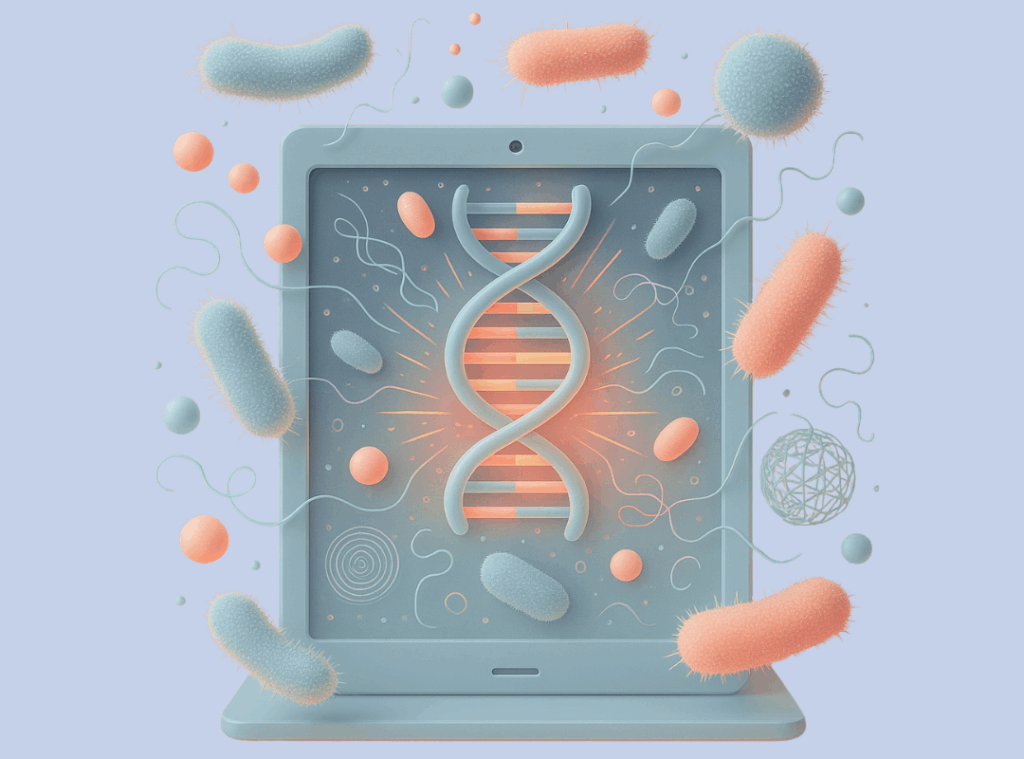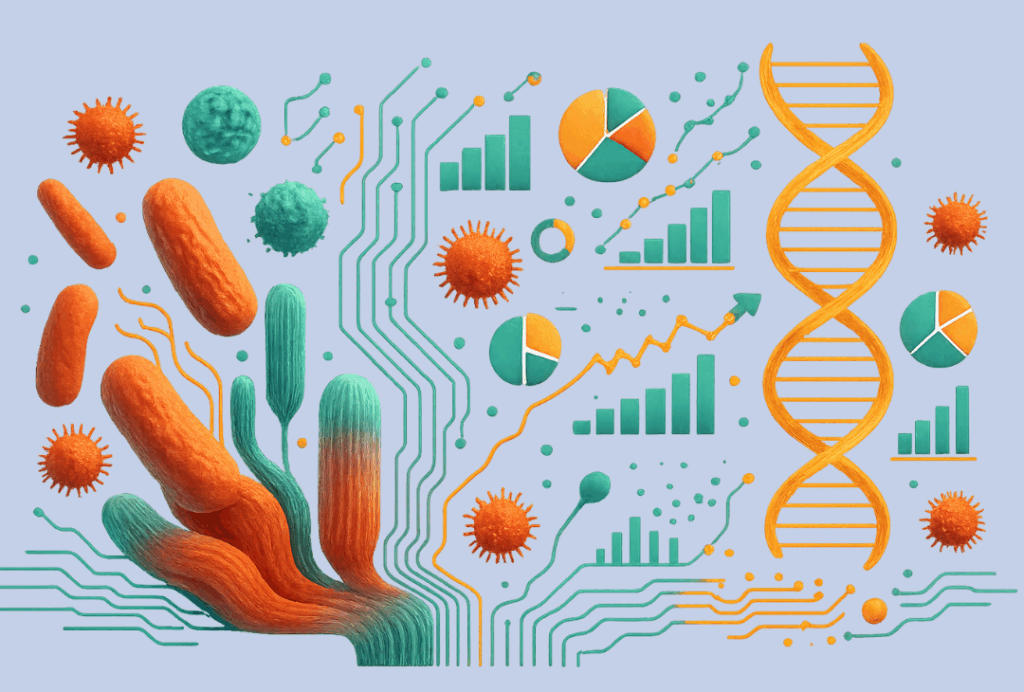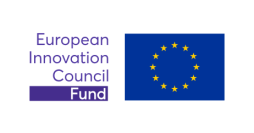- Discovery
How Microbiome Research Is Done: An Overview of Sequencing Methods
Article summary
-
16S (bacteria/archaea), 18S (eukaryotes), and ITS (fungi) offer cost-effective, group-specific taxonomic profiling.
-
WGS and metatranscriptomics provide species-level and functional insights across all microbes.
-
WGS and metatranscriptomics deliver richer data but require more resources.









